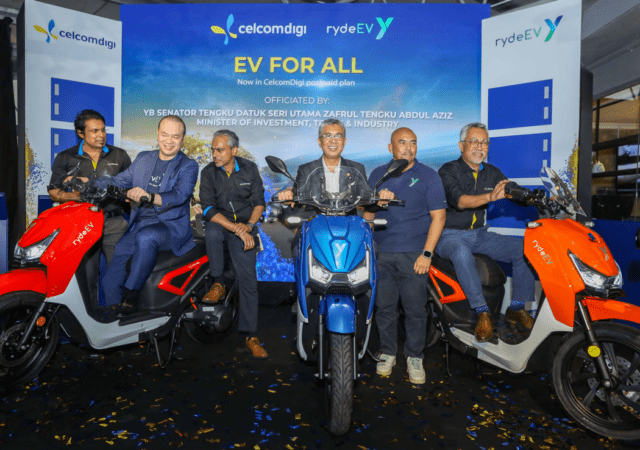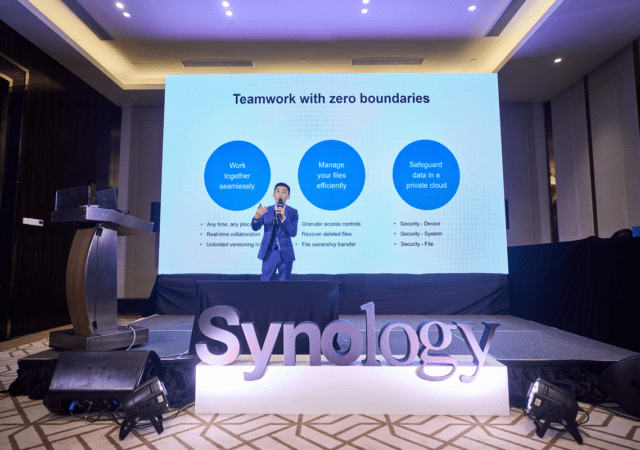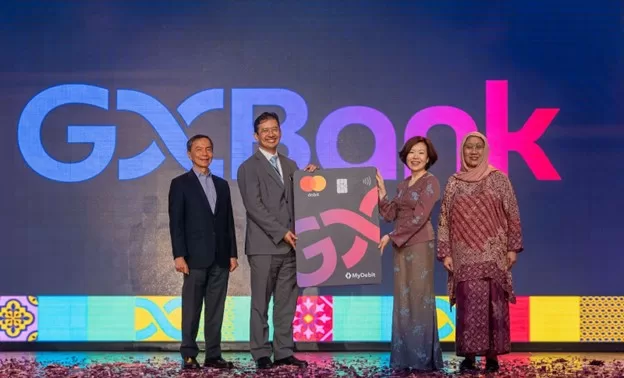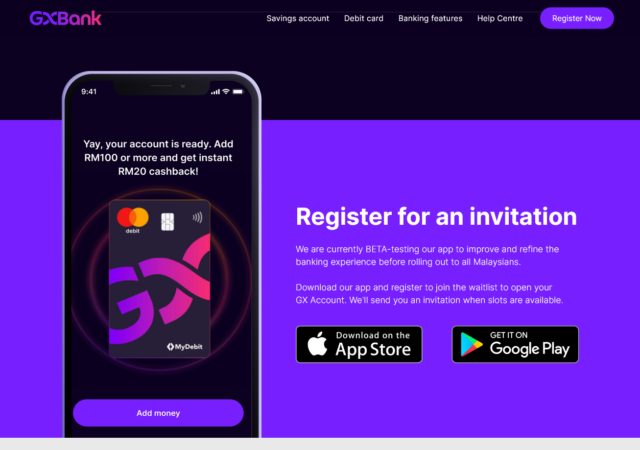CelcomDigi is upping the ante and making electronic vehicle ownership easy. Get an e-bike from RydeEV with a CelcomDigi postpaid for RM299.
Back to Normal Comes with Recruitment Woes & An Increasing Role for AI in SMEs
Post COVID, SMEs are finding it hard to compete for talent with MNCs. However, they can compete with the right technology and mindset.
Synology Empowers Malaysian Businesses with Cutting-edge NAS Solutions
Synology Solutions Day showcases how to increase data security and productivity for businesses in Malaysia through customized NAS servers and DSM. Solutions include Data Management, Data Protection, Productivity Enhancement, and Surveillance.
Unity Software layoffs 1,800 or 25% of their staff in “reset”
Unity Software Inc., a big player in video game engine software, has hit the reset button and is laying off 25% of their workforce (1,800 jobs). This news comes as part of the new interim CEO Jim Whitehurst, former CEO…
How Technology Changes Company Thinking And Company Performance
This article is contributed by Varinderjit Singh, General Manager, Lenovo Malaysia While I think most of us would expect large organizations to include forward-thinking technology in their overall business strategies, we’re starting to see this with SMBs as well, including…
Adopting New (Virtual and Augmented) Realities for Manufacturing
Augmented & virtual reality is changing the game of the manufacturing industry. AR/VR allows efficiency, enhanced employee training & cost cuts. Contributor Varinderjit Singh from Lenovo Malaysia explains the use of AR/VR in manufacturing.
What Might the Next Decade Bring for Computing?
New technologies can take many forms. Often, they come from generally straightforward, incremental product advances over the course of years; think the Complementary Metal-Oxide-Semiconductor (CMOS) process shrinks that underpinned many of the advances in computing over the past decades. Not…
Thriving Forward: Embracing The Digital Lifeline of Restaurants for Continued Business Resilience And Growth
Delving into the food industry, understand how digitalisation is creating a necessity for survival and growth. See how foodpanda is navigating the adaptable landscape in Malaysia.
GXBank is Now Open to All Malaysians
The new GXBank Berhad app is officially launched – Malaysia’s first digital bank! User-friendly and accessible banking experience with an innovative approach to revolutionize the financial landscape.
GXBank Quietly Unveils GX Debit Card with Unlimited 1% Cashback
GXBank has quietly unveiled its GX Debit Card on its official website highlighting key features like an unlimited 1% cashback.

















